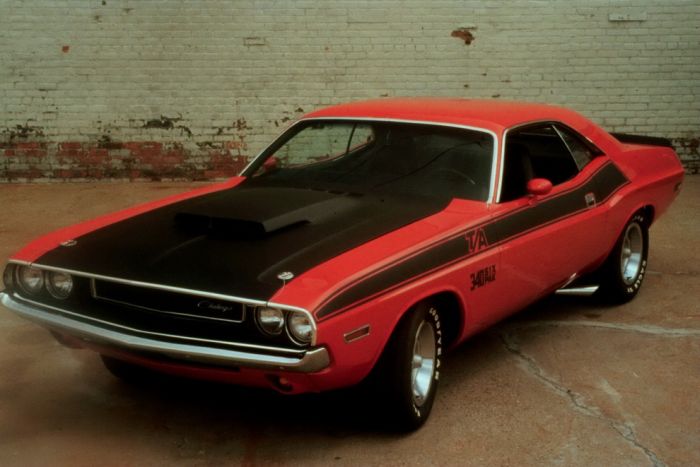|
|
American Automobile Industry
|
• Federal regulation of the auto industry
Safety and environmental issues during the 1960s led to stricter government regulation of the auto industry. This resulted in higher costs and eventually to weaker performance for cars in the 1970s. Seat lap belts were mandated by many states effective in 1962. Federal Motor Vehicle Safety Standards initiated in 1968 required shoulder belts for front passengers, front head restraints, energy-absorbing steering columns, ignition-key warning systems, anti-theft steering column/transmission locks, side marker lights and padded interiors. Beginning in 1972, bumpers were required to be reinforced to meet 5-mph impact standards. With the Clean Air Act, emission controls began being instituted in 1968. The use of leaded gasoline began being curtailed in the early 1970s, which resulted in lower-compression engines being used, and thus reducing horsepower and performance. Catalytic converters began being widely used by the mid-1970s.
• The 1970s and 1980s
By 1969, imports had increased their share of the U.S. auto market, with Volkswagen selling 548,904 vehicles, followed by Toyota with 127,018 vehicles. In response to this, the domestic auto makers introduced new compact and sub-compact cars, such as the Ford Pinto and Maverick, the Chevrolet Vega, and the AMC Gremlin, Hornet and Pacer. However, design and manufacturing problems inflicted a number of these cars and led to unfavorable perceptions of the cars.
|
|









